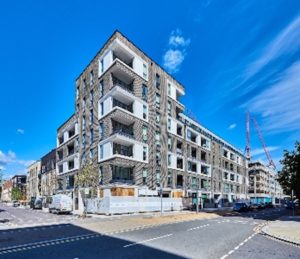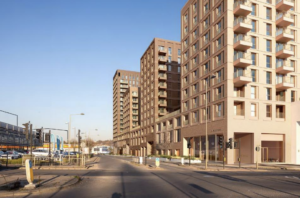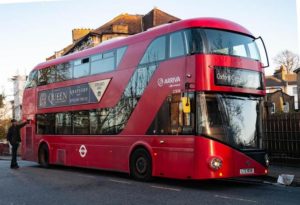Shared ownership housing has stood the test of time as an “affordable” housing model. But is it “shared”, is it “ownership” and, above all, is it genuinely affordable for low to middle-income Londoners? Those were the questions posed to housing experts this week as the London Assembly’s housing committee continued its investigation into housing affordability in the capital.
Introduced in 1979, shared ownership enables households to part buy and part rent a home, generally with a minimum 25 per cent purchase and the option of increasing the ownership share to up to 100 per cent.
Administered generally by housing associations, shared ownership has been a key element of successive governments’ strategies supporting housing affordability. Mayor Khan’s current £4.82 billion funding from central government, to start 116,000 affordable homes by 2022 comes with a Whitehall stipulation that almost 60,000 should be so-called “intermediate” homes – shared ownership or “London Living Rent”, itself designed as a stepping stone towards shared ownership.
But Danny Beales, cabinet member for planning and regeneration at Camden Council, told the committee that with shared ownership costs rising alongside full market house price increases, affordability was an increasing concern, particularly in Inner London. With a household income of more than £50,000 a year required for shared ownership in Fitzrovia, in the south of the borough, the product wasn’t working for “squeezed Londoners”, he said.
“Our view is that shared ownership is not an affordable housing product in Camden. People who don’t qualify for social housing are being squeezed out of areas like Camden,” he continued, confirming reports last year that shared ownership rates in Inner London had fallen by 43 per cent since 2016/17.
Camden was now building living rent homes with three-year renewable tenancies, targeted at local people, key workers in particular, on incomes of around £30,000 to £40,000 a year. And it was an increasingly popular offer.
“Shared ownership is selling the dream that isn’t quite true,” he said. “People want stability and security and there are ways to provide that which aren’t home ownership. There is a demand for stability of a different kind.”
Shared ownership nevertheless remains popular after 30 years, despite issues in some areas, said Steve Moseley from London and Quadrant Housing Trust (L&Q), the capital’s biggest landlord, with 95,000 homes across London and the south east.
“It is affordable to the middle income group,” he said. For L&Q, the average sale price of a shared ownership home was £430,000, with average purchaser income ranging from £35,000 a year for individuals to £50,000 a year for couples. Eight per cent of shared owners increased their stake in 2019, he said, the majority to full ownership.
And while increasingly unaffordable in Inner London, shared ownership is “the only option for many people in London to live in an area for a long period of time,” said Pete Apps, deputy editor of trade magazine Inside Housing and himself a shared owner. For him, he said, it had been “the only way to get somewhere with security for my son’s primary school years”.
Speakers were unconvinced by government plans to reduce the initial purchase stake to 10 per cent and to allow occupants to increase their stake one per cent at a time. “People want security not necessarily 10 per cent of a home,” said Apps. There were risks that over-enthusiastic marketing of an option which was not actually ownership could draw in people “for whom it’s not the best place to be”, added Dr Alison Wallace from York University.
Applicants needed better information, the committee heard, with a possible role for City Hall in providing clear advice on leaseholds and service charges, or even compulsory home ownership education, as required in the United States for “assisted” purchasers.
Longer term, the answer to the affordability trap lay in support for renting. “London needs many, many more social rented homes,” said Apps. “Shared ownership isn’t the answer for people at the sharpest end of the problem.”
OnLondon.co.uk is committed to providing fair and thorough coverage of the capital’s politics, development and culture. The site is small but influential and it depends on donations from readers. Individual sums or regular monthly contributions are very welcome indeed. Click here to donate via PayPal or contact davehillonlondon@gmail.com. Thank you.










